Driving Salon/Spa Client Loyalty in the Days of COVID-19
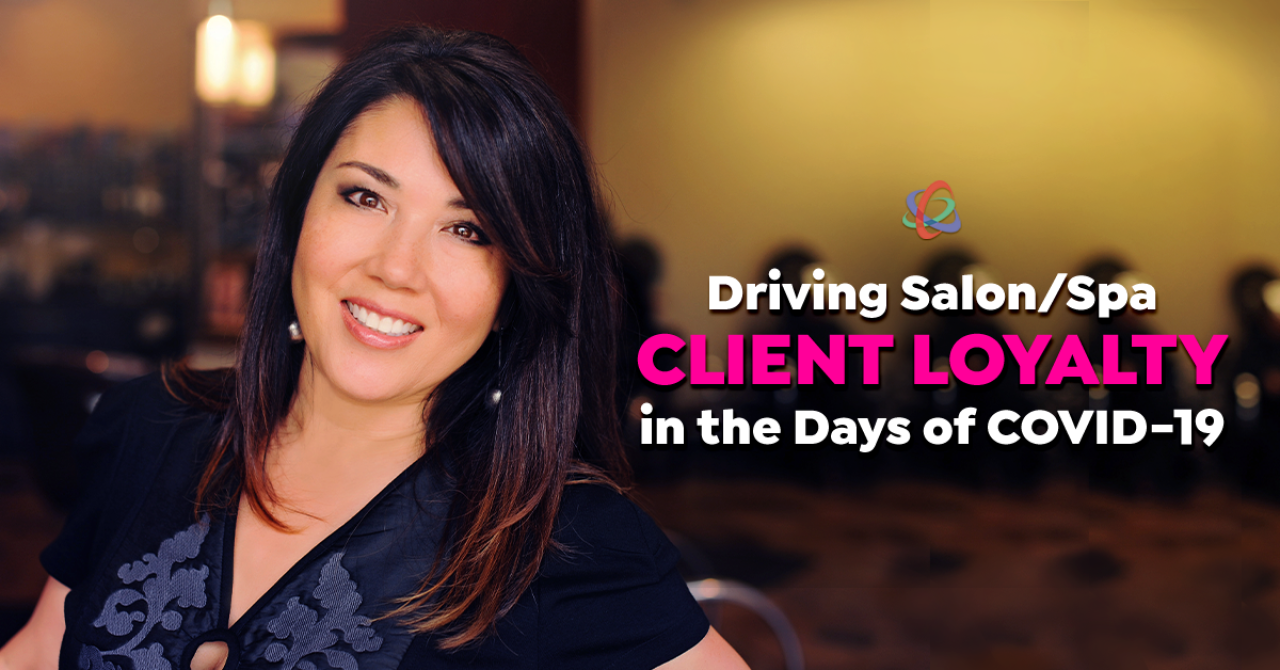
Strategies definition of Client Loyalty: "The customer satisfaction business outcome is all about delivering extraordinary service, quality and value to achieve maximum client retention — and doing so with a no-compromise passion to be nothing less than world-class."
In good times, retaining clients is essential.
In COVID-19 times, retaining clients is massively critical. It means becoming super innovative and thinking out of the box to counter the negative impact of clients spreading out appointments and addressing COVID fears.
This week, we showcase the winner of our 2020 Team-Based Pay Client Loyalty Award.
Marian Sang is the owner of Omagi Salon Spa, in Louisville, KY. Marian transitioned her $2 million, thirty-employee, company to Team-Based Pay in January 2008 and never looked back.
Marian, what are your top three accomplishments since incorporating Strategies’ systems?
Marian: Here are my top three…
- Without question, retail is number one. Retail has exponentially increased since going on Team-Based Pay and has given us funds to afford team benefits such as $10,000 life insurance policy for each team member. Omagi pays half of health insurance which is a great benefit.
- Number two is our culture shift into a truly team-based company.
- Third is becoming debt free and building strong cash reserves — both before and after the shutdown.
Where was Omagi Salon Spa financially before and after the shutdown?
Marian: We have done quite well considering we were forced to shut down and our city was destroyed by rioters.
When you look at our financials and take into account January and July had three pay periods, only being open for 18 days in March and six days in May, we were doing well by split shifting to maximize hours for sale and still social distance. January and July had losses of 5.4% and 7.5 respectively due to three pay periods. In contrast, last June (our first full month open), we had 23.6% net profit and August 27.4% net profit. We haven’t had that percent of profit since the first few years of being on Team-Based Pay.
How did you pivot your company after the shutdown to take care of clients — and generate revenue?
Marian: After being ordered to close, we managed to partially open eight days later with a new "business plan" as an essential business. That plan was to sell personal hygiene products as well as hair color exclusively to Omagi guests for home application.
I'm so proud of how our team came together to plan and execute how we could make doing home hair color successful for the guest. Everyone knew that we had to keep Omagi going and give our guests some semblance of normalcy with their hair.
We created two video tutorials for clients to watch prior to placing their "Curbside Color" order. The first video is the Self Application Video where a team member applied her own hair color to demonstrate how to apply their own color.
The second video tutorial was "Assisted Application" where I turned over the color bottle to my husband Tom who is a builder, not a hairdresser. It showed that anyone over the age of 12 can apply hair color on another.
We had waivers for guests to fill out and bring to their curbside pick-up appointment.
The guest would call the salon for “Curbside Color.” Guest care would explain they had to watch the videos and bring the signed waiver to their scheduled pick-up time — then go immediately home to apply their color.
When they arrived at their pick up time, they would call the salon and I would immediately mix their color and bring it out to their car.
All for the low, low price of $55, each "Curbside Color" kit came with their personal color, individually wrapped color remover towelettes, rain ponchos (in lieu of color capes), choice of glove size, frame protectors if they wore glasses and a disposable mascara wand to clean out the tip of the bottle. Written directions came with the kit with their personal process time for their color.
The directions also advised them if they brought back their clean bottle, they could get $5 off their next "Curbside Color." They would simply place their color bottle in a receptacle marked "Curbside Color Bottle Return" at their convenience with their name taped to the bottle for the credit.
Offering their color also opened up the opportunity for add on sales of products and other "Kits" we put together so they could enjoy a home pedicure, manicure or facial.
In April we did $13,657.00 in "Curbside Color" kits. Our rent is just over $10,000.00 a month. We were able to keep three part-time people and myself working two days a week for curbside pick-up.
We operated at a loss but offered a great service to our guests and offset our losses with pretty decent sales. We are located in the most exclusive shopping center in the state and the landlord was demanding rent. It was not terribly difficult to pay rent because of our sales.
How did your “Curbside Color” program enhance client loyalty?
Marian: Our clients were so ecstatic to be able to color their hair at home. We even attracted new clients from our guests bragging on how we didn't let them go gray. Some lost guests even came back to us when they saw us on the news offering hair color.
The Courier Journal did an article on Omagi showing our color kits and how our process works for guests EXCLUSIVE to Omagi. This included a short video of the kit (we had cute, clear bags given to me by my neighbor). To make our kits look special, we designed fabulous two-color stickers. The cost of the stickers was 50 cents each. The video showed me taking the color kits to our customers cars.
Our customers were delighted and appreciative that we would offer this during quarantine. Even though they were not going out or being seen, it helped their psyche to feel good about their color.
What about clients that haven’t been to Omagi?
Marian: We had many calls for color from people that never came to Omagi. I spoke with each of them and explained I couldn’t formulate over the phone. However, we could offer a temporary root cover-up by FaceTime. We would not give clients with highlights bleach for at-home use, but they could purchase Color Wow and streak their new growth. Those that had all over color could do the same to their "roots" as well.
These guests felt abandoned by their stylists not thinking outside of the box and felt we cared enough to help out however we could.
These efforts drove our first-time average client traffic to 71 new clients a month after the shutdown.
How did the shutdown change your culture for the better?
Marian: We had a good culture prior to the pandemic, but the pandemic was a true test of culture and team. As I stated before, the team came together to launch our Curbside Color Kits as well as Pedicure, Manicure and Facial Kits. They all came in to help with the video, voice overs, ideas and cleaning the salon so it would look immaculate in the video. Everyone knew we had to pull ourselves together to get through this and have a place to return to.
Split-shifting unexpectedly shifted our culture in a positive way. Previously we had been working with a lot of team members at a high rate of productivity rate of 85%+.
By split-shifting, we were able to provide nearly the same hours we had prior to the pandemic with the team working shorter hours.
Our employees really liked the flexibility of working early or late shifts. It helped many better manage their home lives.
Marian and the team at Omagi Salon Spa truly innovated a way to drive client loyalty.
Congratulations to team Omagi.
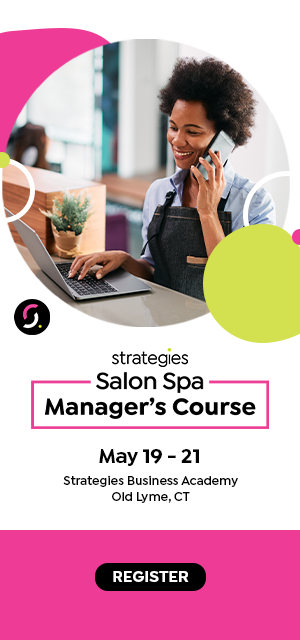
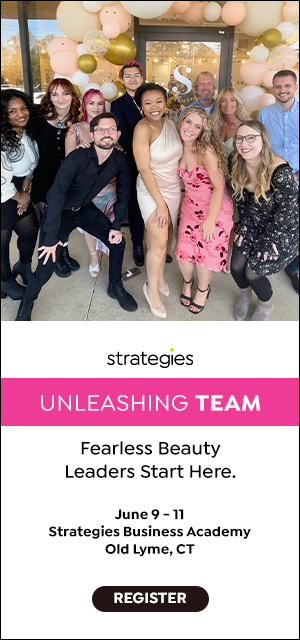
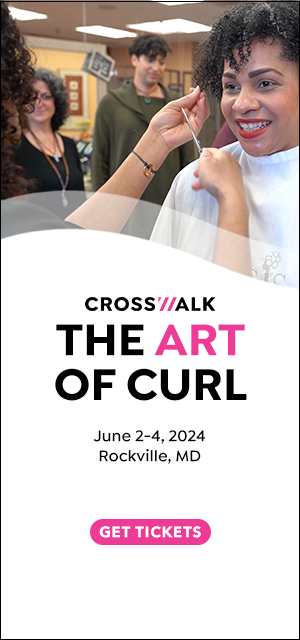
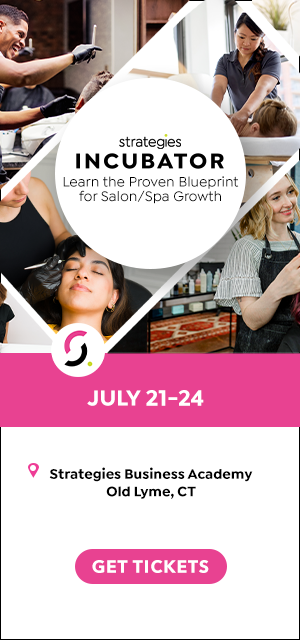
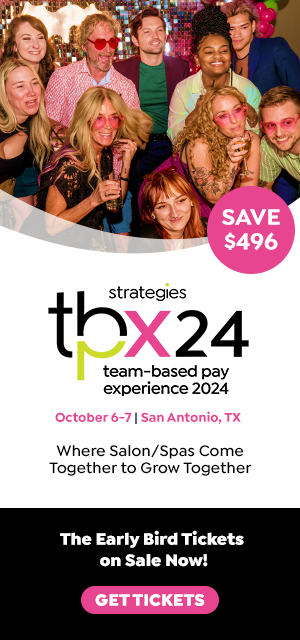
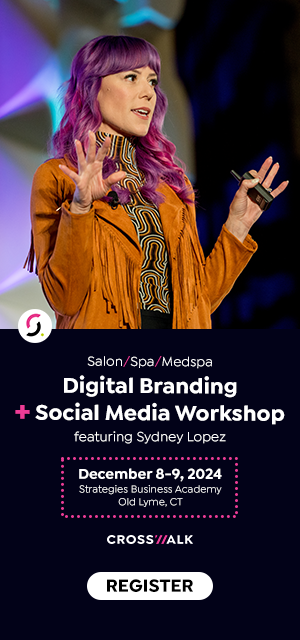

Comments
No comments found. Start the conversation!
Leave a Comment